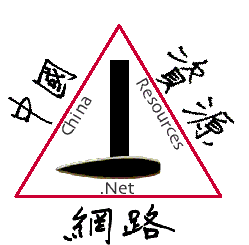
![]()
![]()

![]()
![]()

Please inquire about the abstracts on this web-site directly with the authors of interest.
To return to the same place in the general document about the author of interest, click on "Back."
To search for a specific author or word, type CTRL-F (Control key + F key) to invoke the search (find) routine. Then type the word desired and hit the return key.
To print: 1. click on "File" in the upper left-hand corner of your monitor screen; 2. click on "Print."
To send a message directly to an author of interest, click on that author's indicated colored E-Mail address. Colored and underlined E-Mail addresses are "Hot Links."
This document is in-process, and will be revised frequently. Please check again soon.